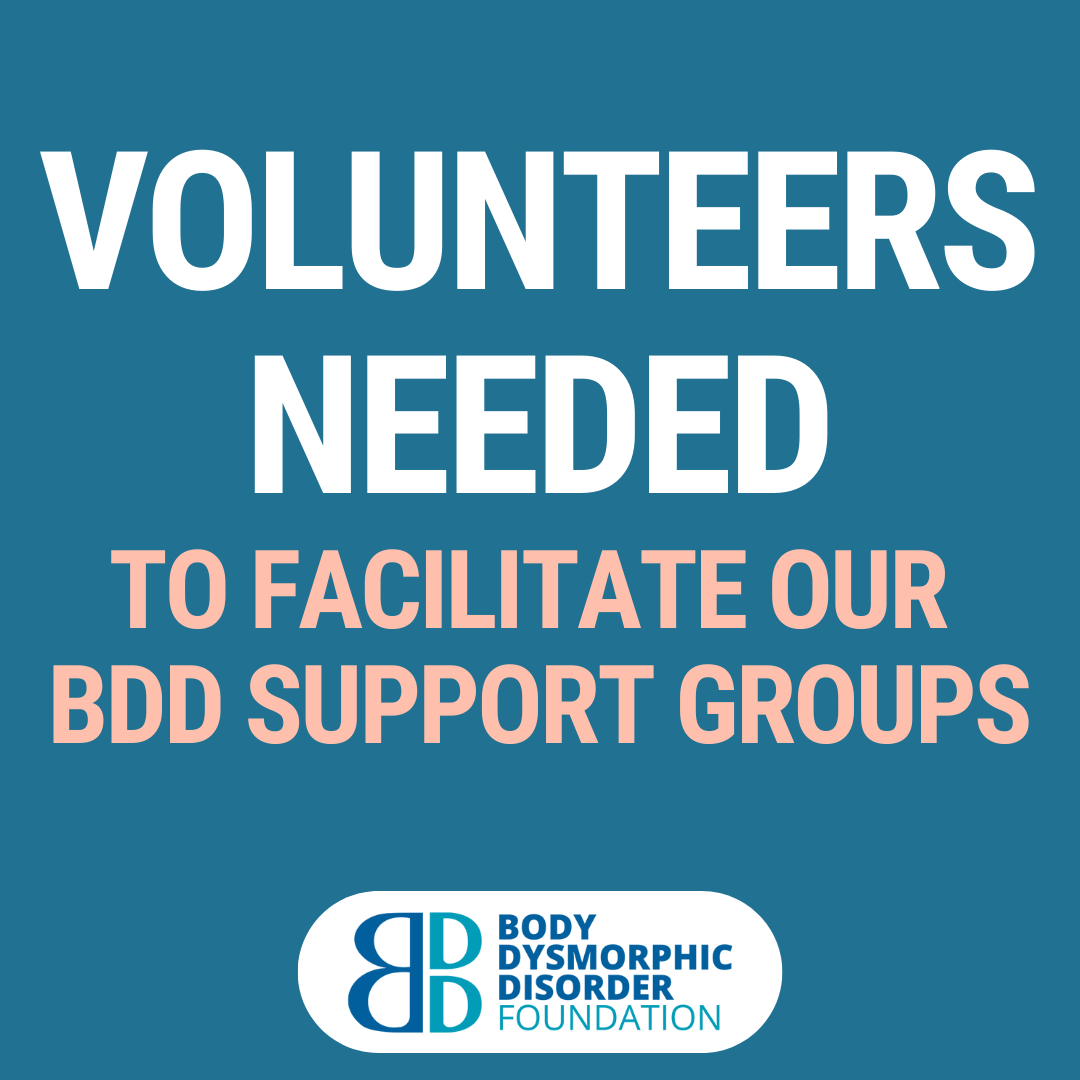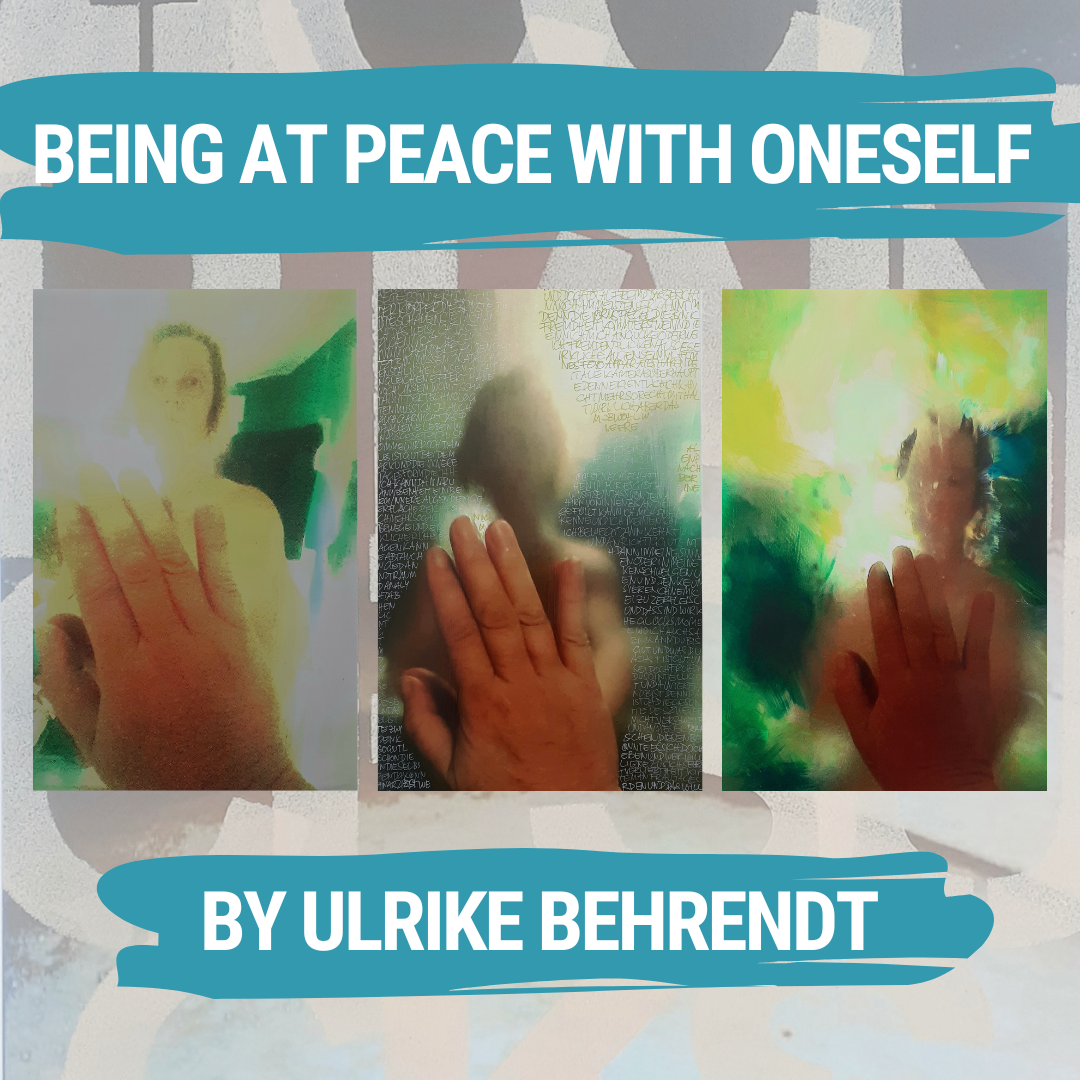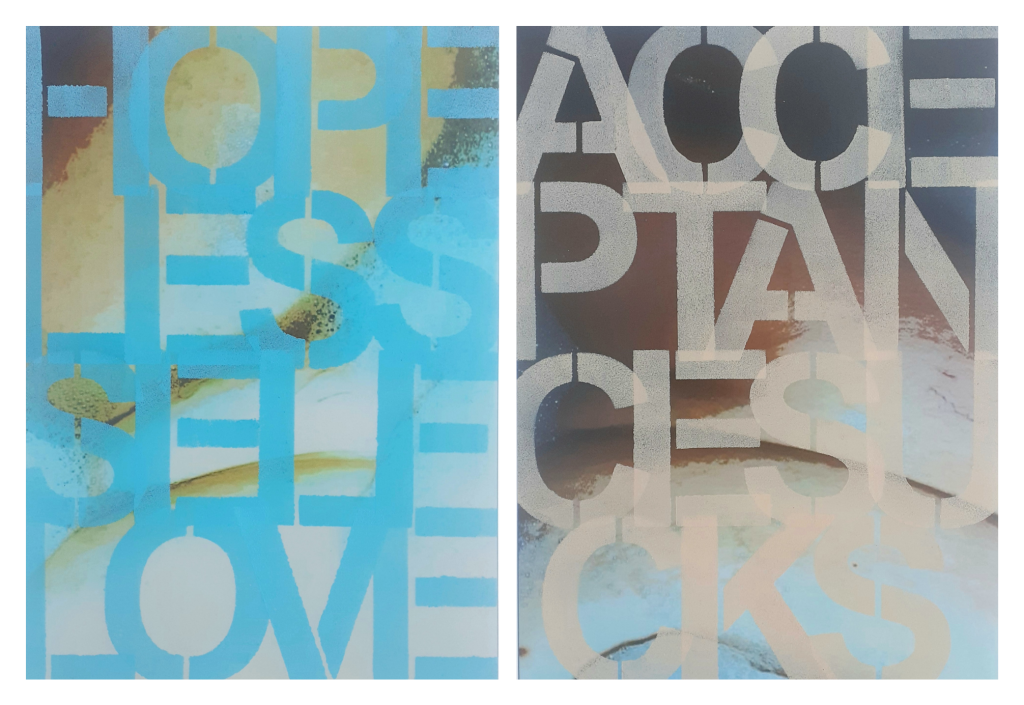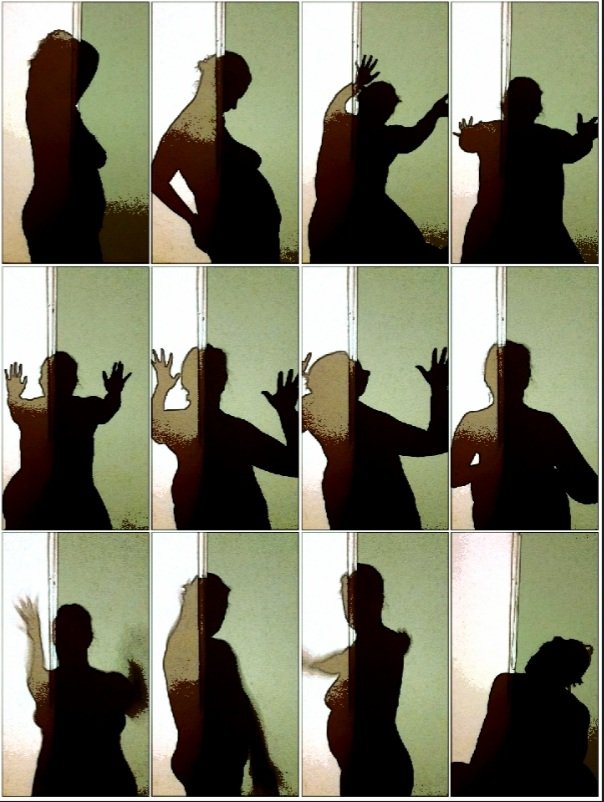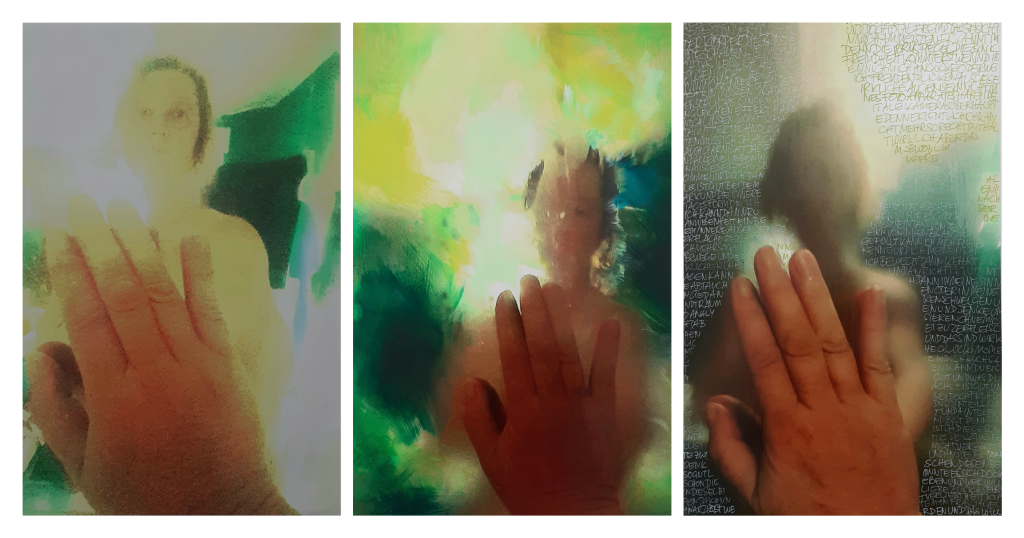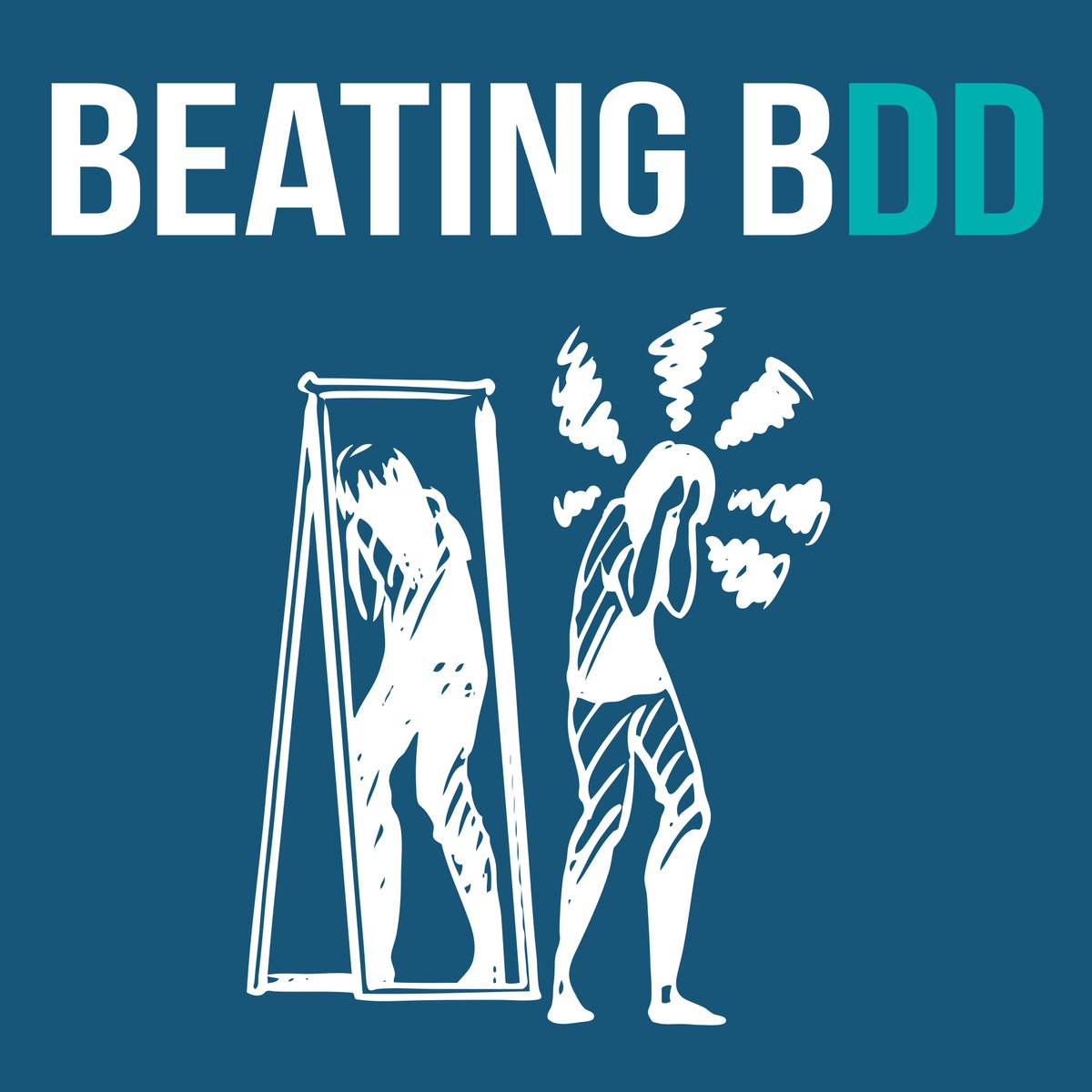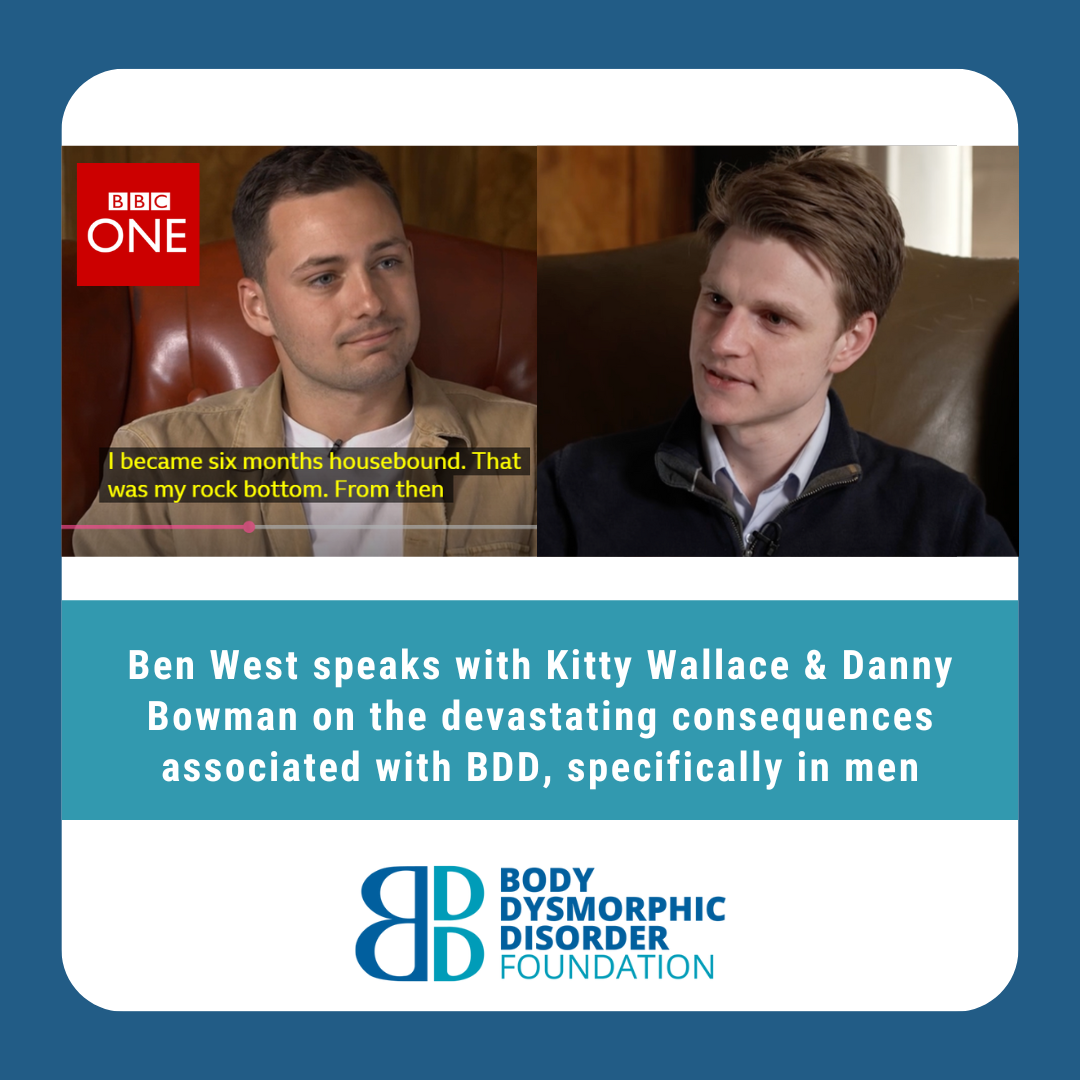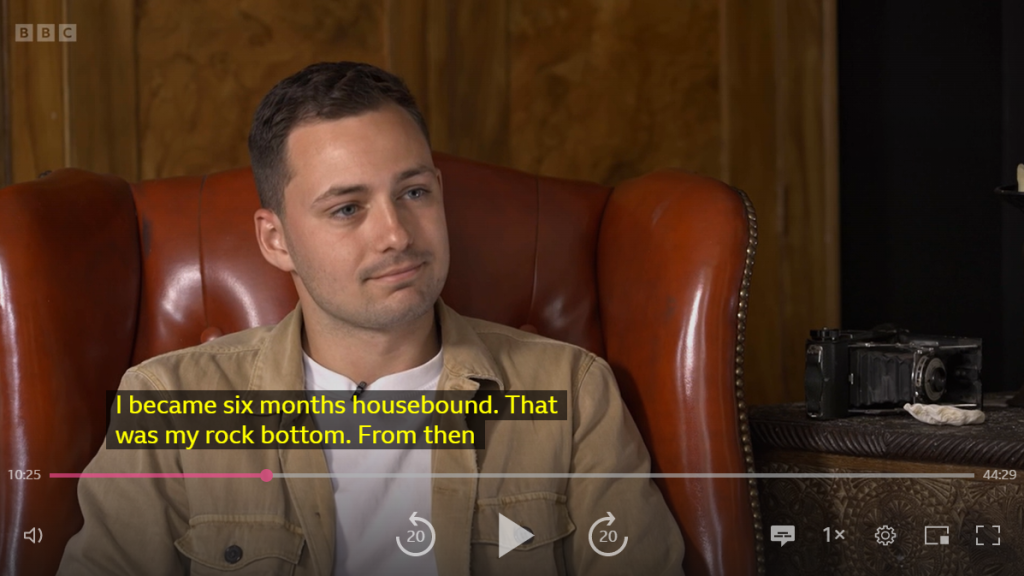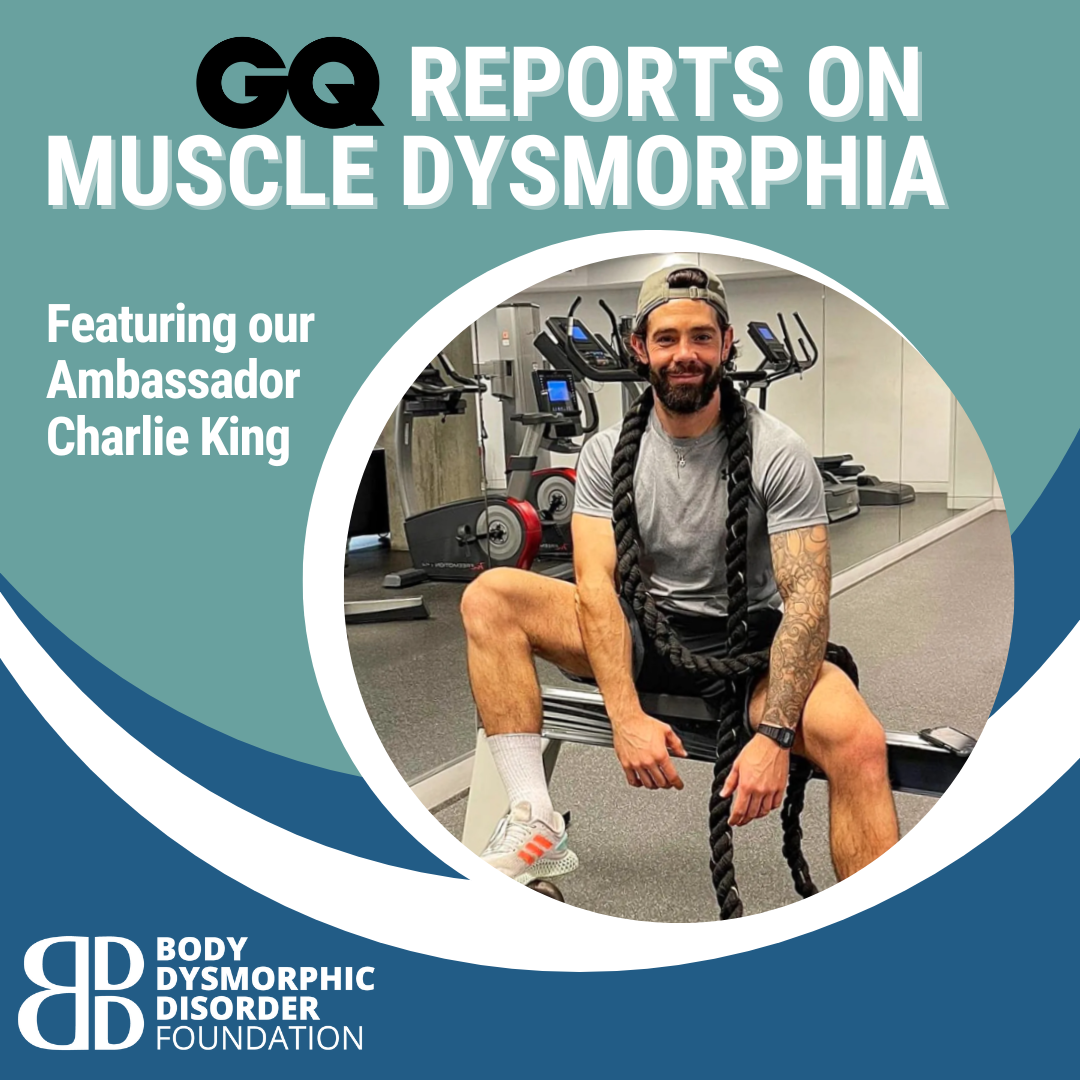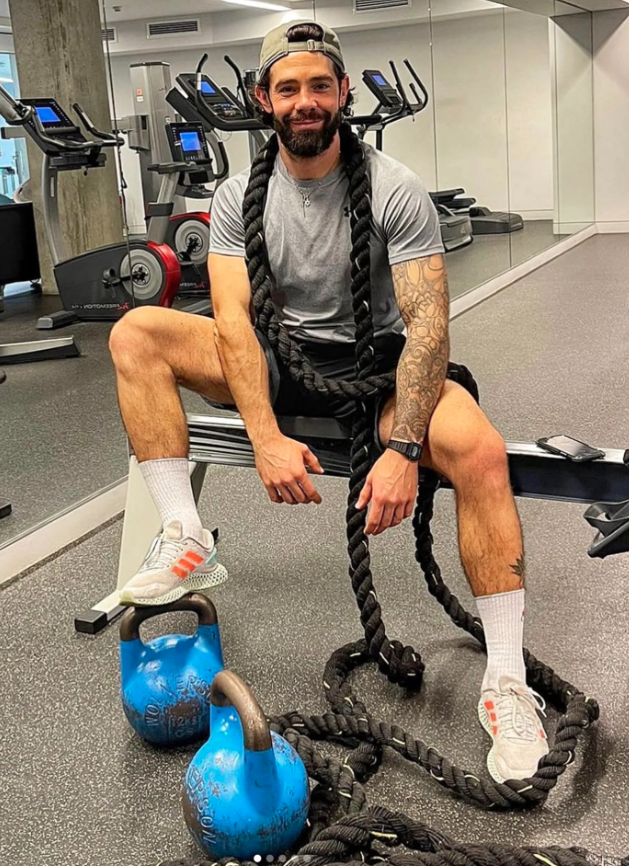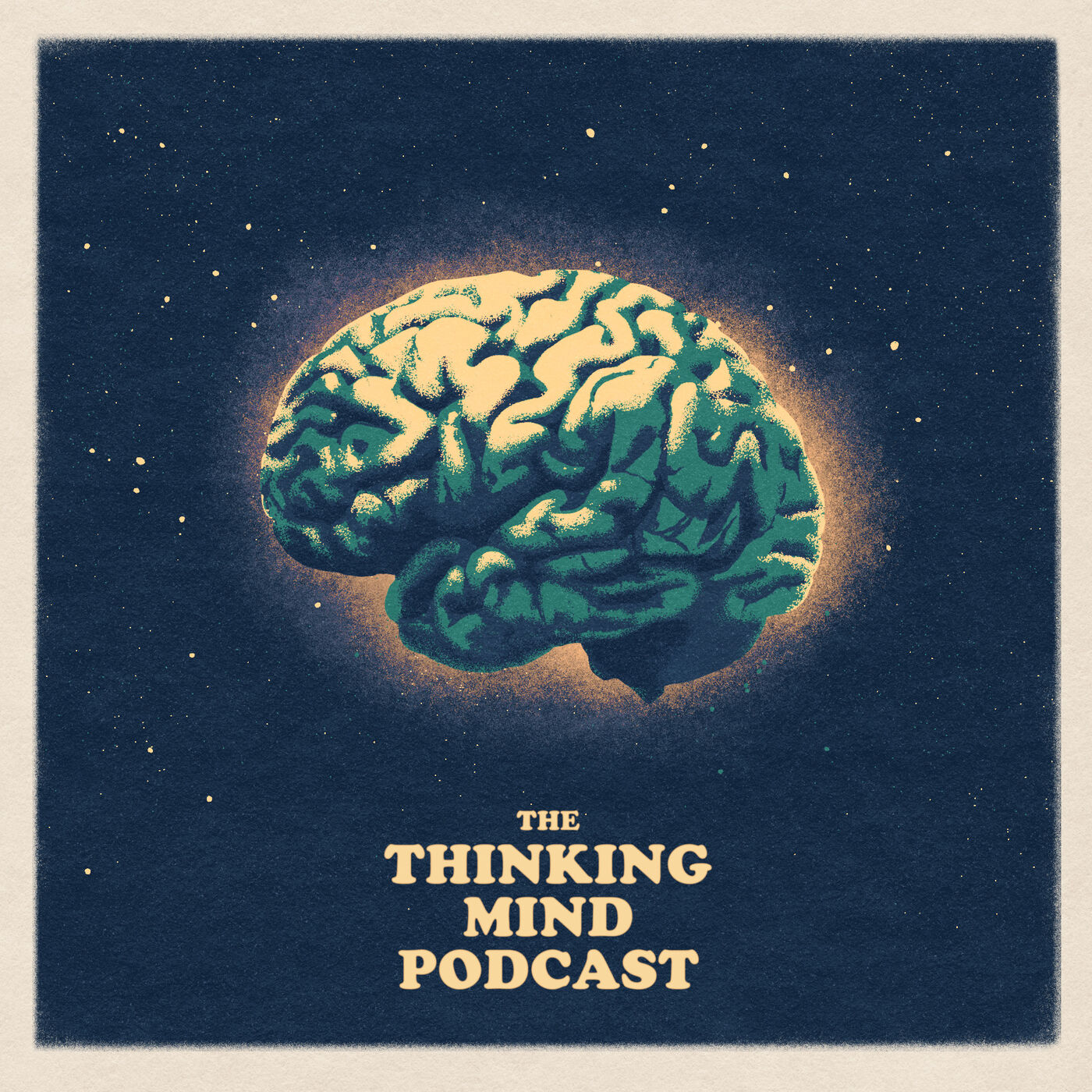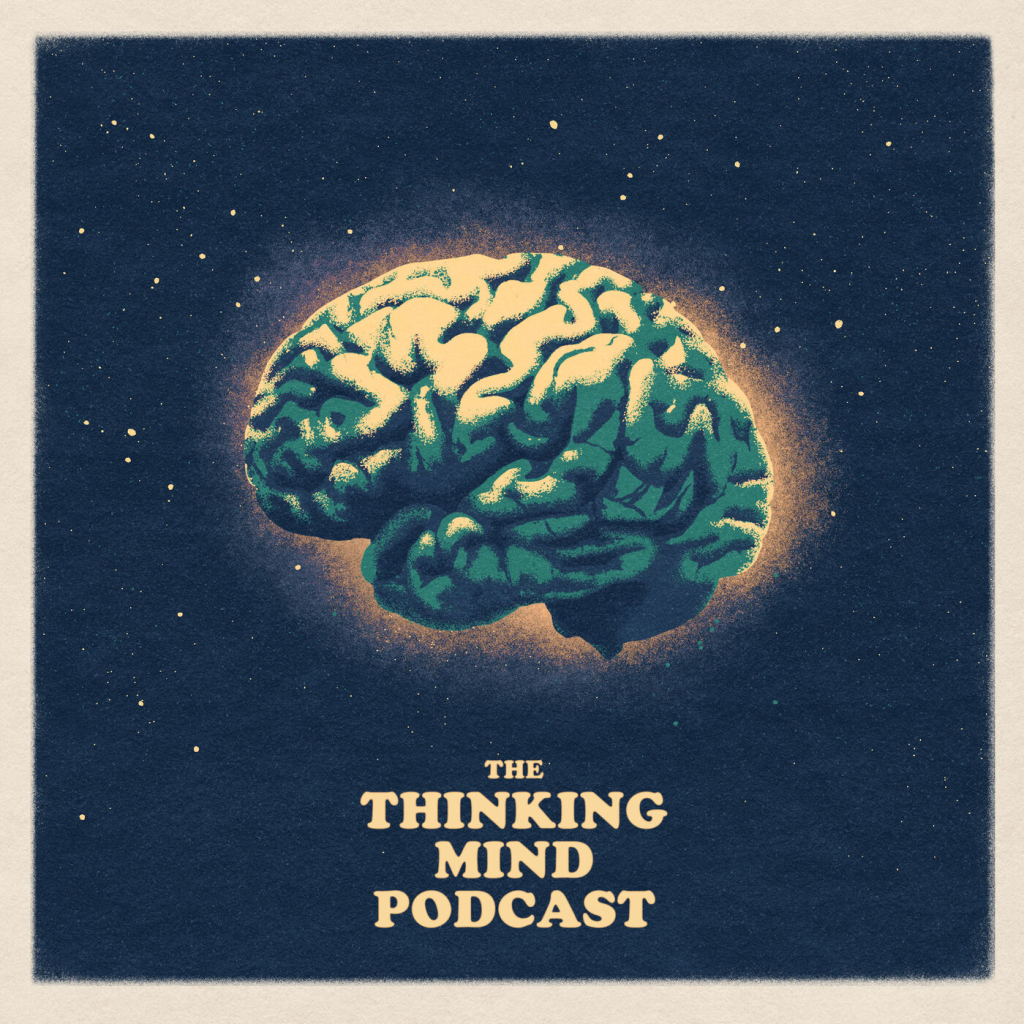Come and join us! We are looking for new volunteers to facilitate on our BDD Support Groups. This is a really rewarding role, with the opportunity to work alongside experienced facilitators, support individuals recovering from BDD and develop your facilitation skills.
Support Groups
Our support groups play an important role, alongside treatment, in recovering from and managing BDD. They provide a safe environment where people can talk openly about their BDD, as well as giving support and encouragement to others. Many attendees find comfort in shared experience, knowing they are not alone, and hearing stories from individuals at different stages of their recovery. More information can be found here.
The role of Facilitator
For this role, it’s important to have a good understanding of BDD and the impact it has. We look for individuals with strong listening skills, an ability to make others feel welcome and comfortable, and empathy for others. We encourage applications from those with lived experience of BDD since these groups are peer led – an approach we have found to be particularly effective in supporting those experiencing BDD.
Training and induction will be provided. We require a minimum commitment of 1.5-3 hours per month.
What do our current volunteers say?
“I found facilitating groups incredibly meaningful. Having suffered with BDD for most of my life and finding myself in a stable place of recovery, it felt really rewarding to support those who were at different stages of their journey with empathy and understanding.”
“I am confident that I learn as much from attendees as they do from me. Their honesty, insights, openness and support to one another is like nothing else, and I have had moments that bring up a lot of emotion because their experience resonates with me so much. I feel genuinely humbled and honoured to be a part of their BDD journey. It’s challenging at times, but incredibly rewarding.”
How to Apply
Download the Application Form below, and send completed applications to volunteers@bddfoundation.org
Applications will be reviewed and responded to by 18th August.

